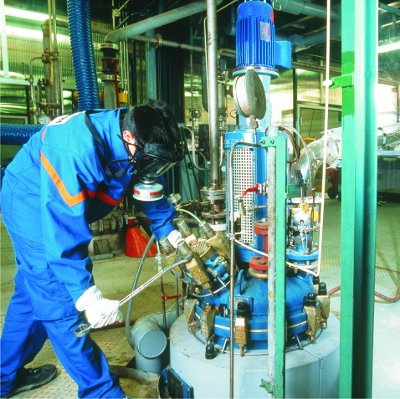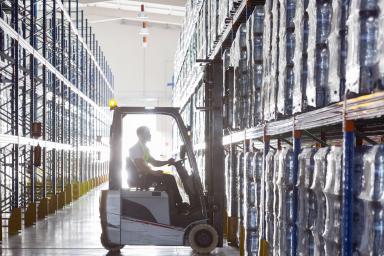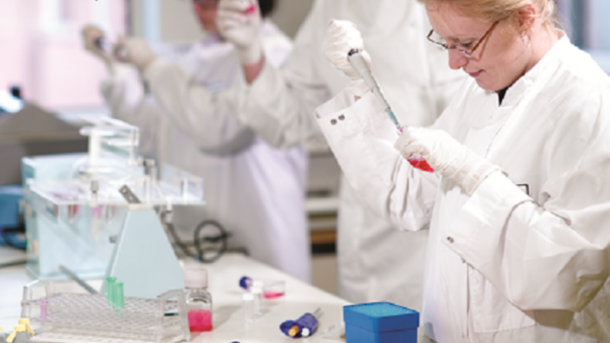COMMON SAFTY METHODS
The common methods of safety are as follows:
1. Safety by construction or design.
2. Safety by position.
3. Safety by using fixed guards.
4. Safety by using interlock guards.
5. Safety by using automatic guards.
6. Safety by using trip guards.
7. Safety by using distance guards.
8. Safety by workplace layout and proper working conditions.
9. Safety by proper material handling.
10. Safety by using personal protective devices.
Few of the above methods of safety are discussed as under.
1 Safety by Construction
Whenever the new tools, devices, equipments and machine are designed, they should be ensured that all their dangerous parts are either enclosed in suitable housings or provided with suitably designed safety guards in order to eliminate any chances of danger that could occur due to exposure of the dangerous parts. A common example involve belt drive and motor in a in drilling machine, lathe, milling or in other machines are enclosed, the back gears and tumbler gears in a lathe are either enclosed or provided with cast iron guards or covers. All control levers and handles of machines should be carefully located to ensure adequate safety in their operation. Generally, lubricating points are provided on the outer surface that the interior parts are not required to be opened every now and then.
2 Safety by Position
The main principle involved in the method for safety by position is to design the machine in such a way that the dangerous parts are so located or placed that they are always beyond reach of the operator. It is therefore always advisable that all the dangerous parts of the machine should invariably be guarded or enclosed in the body or housing of the machines as far the design conditions permit. If it is not possible suitable external fencings must be incorporated suitably.
3 Safety by Using Fixed Guards
Such fixed guards either form an integral part of the machine or are so tightly secured to them that they are not easily removable. In all cases, fixed guards are developed to have a robust and rigid construction and they should be so placed that any access to the dangerous parts of the machine is totally prevented from all directions particularly in the running
condition of the machines. Fixed guards adjusted in position remain fixed and they are neither moved nor detached. In some cases the fixed guards are provided at a distance from the danger point. Such a provision will carry a remote feeding arrangement and, therefore, the operator will not be required to go near the dangerous points.
4 Safety by Using Interlock Guards
An interlocking guard may be mechanical, electrical, pneumatic or some sort of a combination of these. Such guards cannot be removed and the dangerous parts are not exposed until and unless the machine is totally stopped. Similarly, the machine cannot be started to work unless the guards return in position and protects the dangerous parts. It is essential that such guards should always acquire their positions to guard the dangerous parts before the machine can be started,. Such arrangements prevent the starting and operation of the machine in case the interlocking device fails and remain closed in position until the dangerous part is completely at rest. Scotch interlocking and control interlocking designs of these guards are common used to protect accidents. The former interlocking consists of a solid metal piece, called scotch connected to it which is so located that it remains between two moving parts of the machine. This prevents the machine from starting so long as the same is not removed and the guard brought in proper position for protection. The latter comprises of the movable portion of the guard as connected to some starting device or mechanism of the machine viz., fast and loose pulleys, clutch, starter of the motor or tile hydraulic valve, etc. This connection is made in such a way that it will not allow the operation of the said device or mechanism until and unless the guard is brought in protecting position, which automatically enables its removal from that position from where it prevents the operation of the starting mechanism.
5 Safety by Using Automatic Guards
The main principle of an automatic guard is that its operation is actuated by some moving part of the machine. Automatic guard and machine operation is so linked that the part will automatically bring the guard in protecting position before the operation of the machine starts. The design of this guard is of such a kind that it automatically forces the operator to move away from the dangerous area of work before the operation starts. Such arrangement of such guard does not permit the operator access to this area again until and unless the machine stops. The use of such guard is largely favored for heavy and slow acting machines like heavy power presses.
6 Safety by Using Distance Guards
Distance guard helps to fence the dangerous components of machine such as bars or rails and position them at a suitable distance from the machine such that even operator by chance, extends his hands over it, his fingers, clothes or any of the body does not reach within the area of dangerous parts. For additional safety, some sort of tripping device should always be incorporated to stop the machine rapidly in case of an accident.
7 Safety by Using Trip Guards
Trip guard in machine is comprised with tripping device which enables quick stopping or reversal of the motion of machine as soon as the operator approaches within the reach of dangerous parts. Tripping device and the trip guard works in close conjunction with each other during problematic situations.
8 Safety by Workplace Layout and Proper Working Conditions
Some safety using workplace layout and proper working conditions are given as under:
1. A suitable layout and proper working conditions play an important role in preventing accidents which would have otherwise occurred.
2. Moving path or passage ways should be clearly marked and never be obstructed.
3. Every employee should have enough space to move and operate the machine.
4. The floor condition must be of non-skid kind. It should act as a satisfactory plane which can be easily cleaned.
5. Height of working rooms should be adequate for proper ventilation and lighting.
6. Fire walls should be used to separate various compartments.
7. Windows should have adequate size and should be in adequate numbers.
8. Illumination should be sufficient, continuous, uniform and free from glare.
9. Proper ventilation should be there in workplace.
10. Noise level should be proper if any. If it is high, use silencers to minimize the noise level.
Reference Introduction to basic Manufacturing Processes and Workshop Technology by Rajender Singh.
For engineering project visit this page regularly for know more things related project ideas. Click here to see Ideas of Projects.














Post Comment
You must be logged in to post a comment.